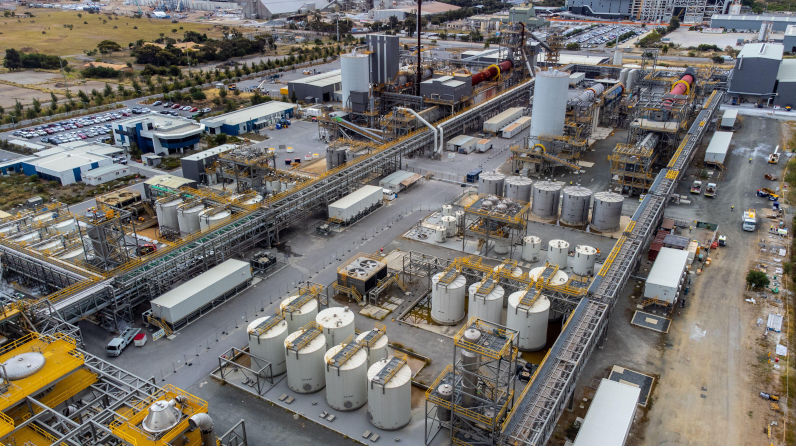Australia-China Collaboration in Southeast Asia's Green Energy Transition
Key Ideas
- Australia and China are investing in renewable energy projects in Southeast Asia, leading to regional stability and economic growth.
- Collaboration includes initiatives like the SunCable Australia-Asia Power Link for solar energy transportation.
- Both countries can form a partnership in the electric vehicle market by utilizing their strengths in technology and resources.
- Australia's expertise in renewable hydrogen production aligns with China's research in green hydrogen technology, meeting Southeast Asia's rising hydrogen demand.
Australia and China are strategically collaborating in Southeast Asia to drive the region's green energy transition. With China as a leading investor in renewable energy across ASEAN and Australia strengthening ties through initiatives like the Aus4ASEAN Futures Initiative, both countries are contributing to the region's renewable energy goals. Projects such as the SunCable Australia-Asia Power Link and the Laos-China Interconnection Project demonstrate the commitment to regional energy connectivity and sustainability. In the electric vehicle market, Australia's resources complement China's EV technology, creating a potential partnership for stable battery production in Southeast Asia. Furthermore, Australia's focus on renewable hydrogen production aligns with China's expertise in green hydrogen technology, addressing the region's growing hydrogen demand. Policy agreements like the Memorandum of Understanding on Climate Change Co-operation and the ASEAN–China Clean Energy Co-operation Centre set the foundation for effective collaboration and institutional support for a greener Southeast Asia.
